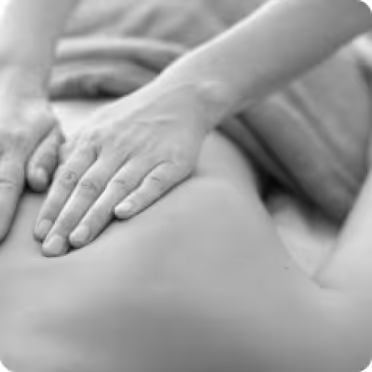

















Occupational therapy is a type of health care that helps to solve the problems that interfere with a person’s ability to do the things that are important to them – everyday things like:
Some Occupational Therapists can help with finding you the right wheelchair or walker.
If you would like to apply for the Ontario Assistive Device Program credit, let us know so we can book you with an Occupational Therapist who is a registered ADP authorizer.
During your home safety assessment, your mobile Occupational Therapist will discuss with you your daily activities, explore your home with you and how you navigate within your home. During that process they will look for areas and items in your home that may pose a risk of injury or that may potentially be unsafe.
After your home safety assessment, your mobile Occupational Therapist will put together a summary report for you and your family outlining areas of concern as well as any necessary measures required to make your home safe, and so you can confidently do everything you need and want to do in the comfort of your own home.
Every insurance company is different, covering different services at different percentages and dollar values. We encourage you to speak with your insurance company before booking, to confirm coverage
There are some Occupational Therapy services which are provided by various government services in your home, however there tends to be a significant wait time. We can typically get you booked in with one of your Occupational Therapists in a few days.